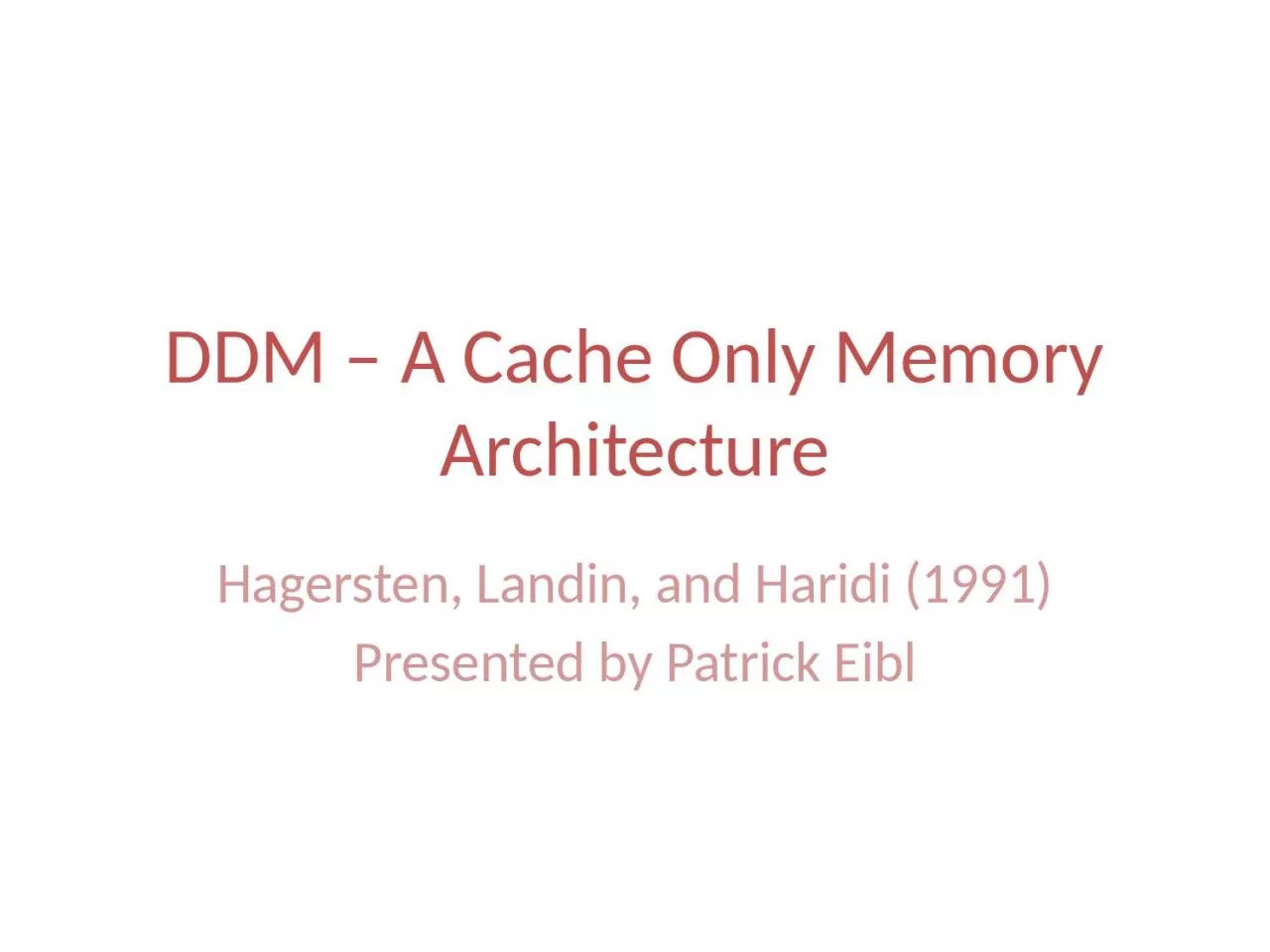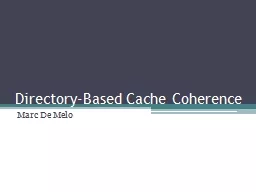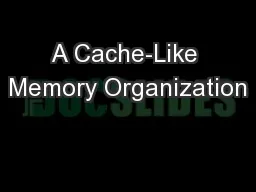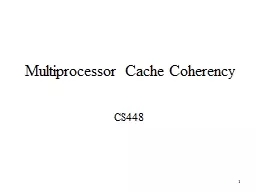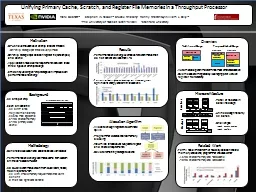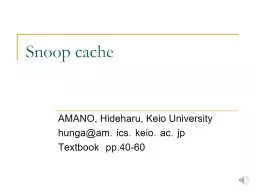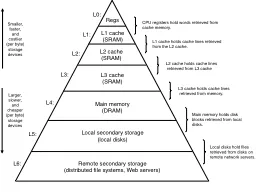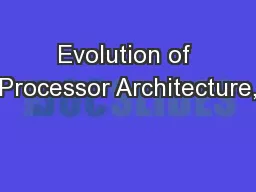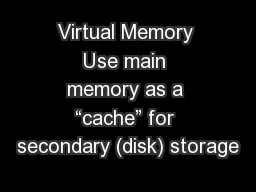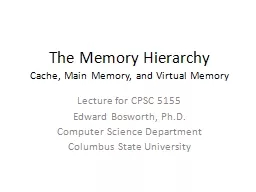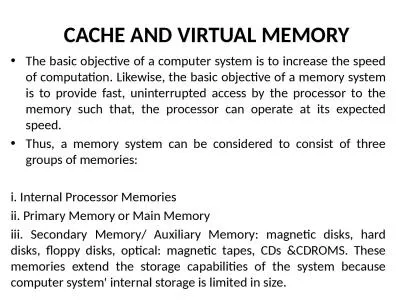PPT-DDM – A Cache Only Memory Architecture
Author : anya | Published Date : 2024-02-03
Hagersten Landin and Haridi 1991 Presented by Patrick Eibl Outline Basics of CacheOnly Memory Architectures The Data Diffusion Machine DDM DDM Coherence Protocol
Presentation Embed Code
Download Presentation
Download Presentation The PPT/PDF document "DDM – A Cache Only Memory Architecture" is the property of its rightful owner. Permission is granted to download and print the materials on this website for personal, non-commercial use only, and to display it on your personal computer provided you do not modify the materials and that you retain all copyright notices contained in the materials. By downloading content from our website, you accept the terms of this agreement.
DDM – A Cache Only Memory Architecture: Transcript
Download Rules Of Document
"DDM – A Cache Only Memory Architecture"The content belongs to its owner. You may download and print it for personal use, without modification, and keep all copyright notices. By downloading, you agree to these terms.
Related Documents

